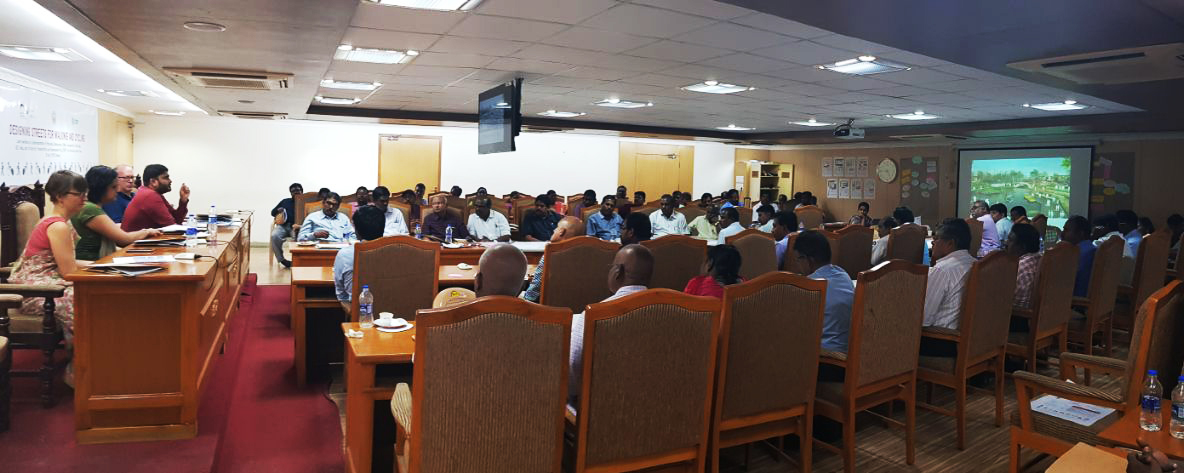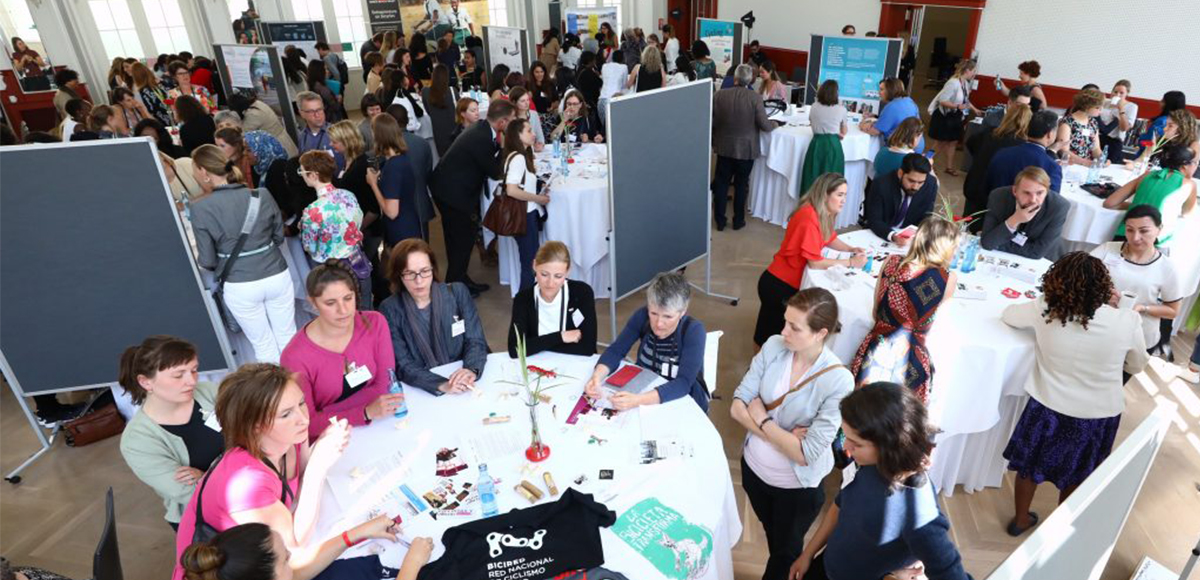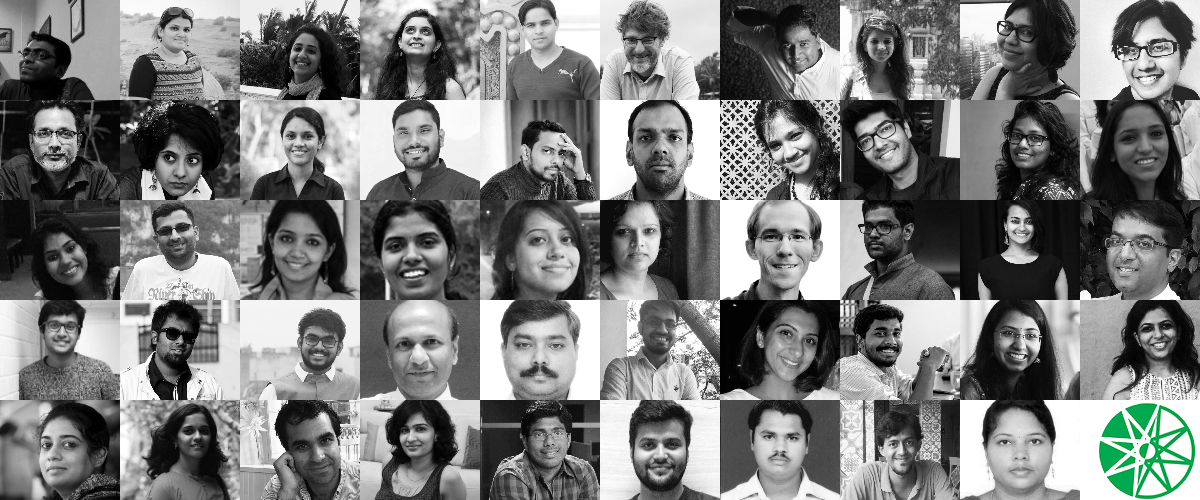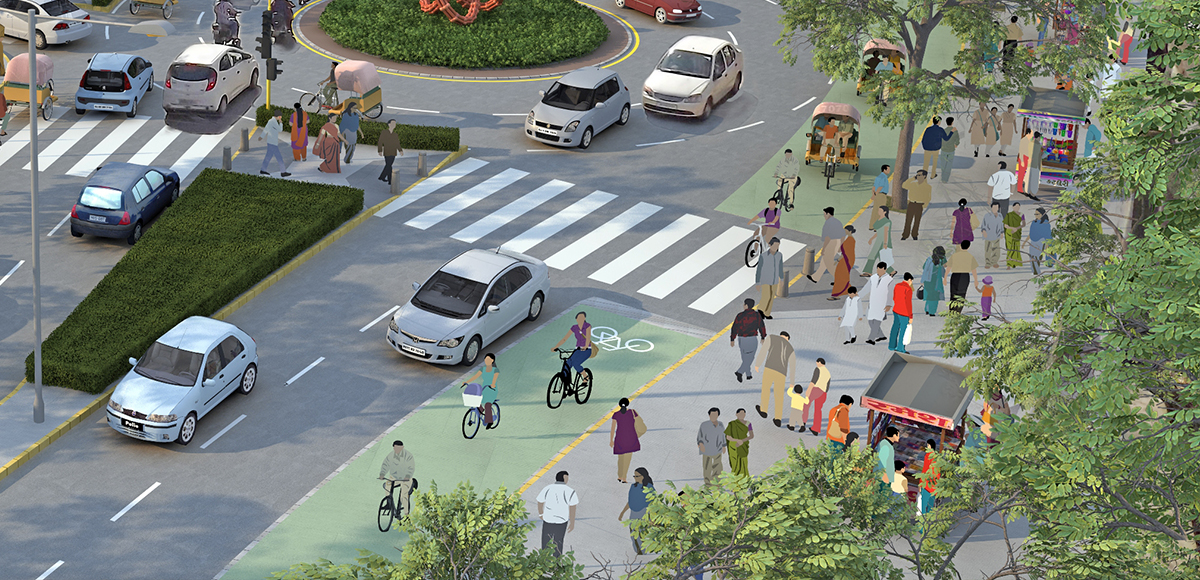Chennai, a thriving South Indian metropolis and the capital of the state of Tamil Nadu, is at the cusp of turning into one of the world’s megacities. While it historically had the image of being somewhat insular, the Chennai of today is a cosmopolitan hub where the old meets the new.
Transportation is the focus of many pressing issues facing Chennai today—decisions about whether to build highways or bus corridors have a great impact on our health and our environment.
ITDP India Programme initiated collaboration with Chennai City Connect in 2009 to improve cycling and walking conditions across the city. Change isn’t easy in cities where the car is a symbol for status.
But within five years of ITDP’s engagement with the city, Chennai took the bold move of adopting the Non Motorised Transport (NMT) Policy—first in India. The policy mandates that a minimum of 60 percent of of transport funding to create and maintain walking and cycling infrastructure in the city.
Having retrofitted over 50 km of walkable streets over the years, Chennai has initiated the next phase of redesigning an additional 50 km of street network. Chennai’s policy has inspired many national and international cities—from Chandigarh to Nairobi—to adopt similar policies. The comprehensive approach undertaken by Chennai, was awarded the Sustainia Award in 2015.
Watch how ITDP India has supported, and continues to support Chennai transform its streets for a better city, and better lives.















 The journey on the Janmarg is much quicker because the BRT enjoys centre-aligned, bus-only lanes
The journey on the Janmarg is much quicker because the BRT enjoys centre-aligned, bus-only lanes











































